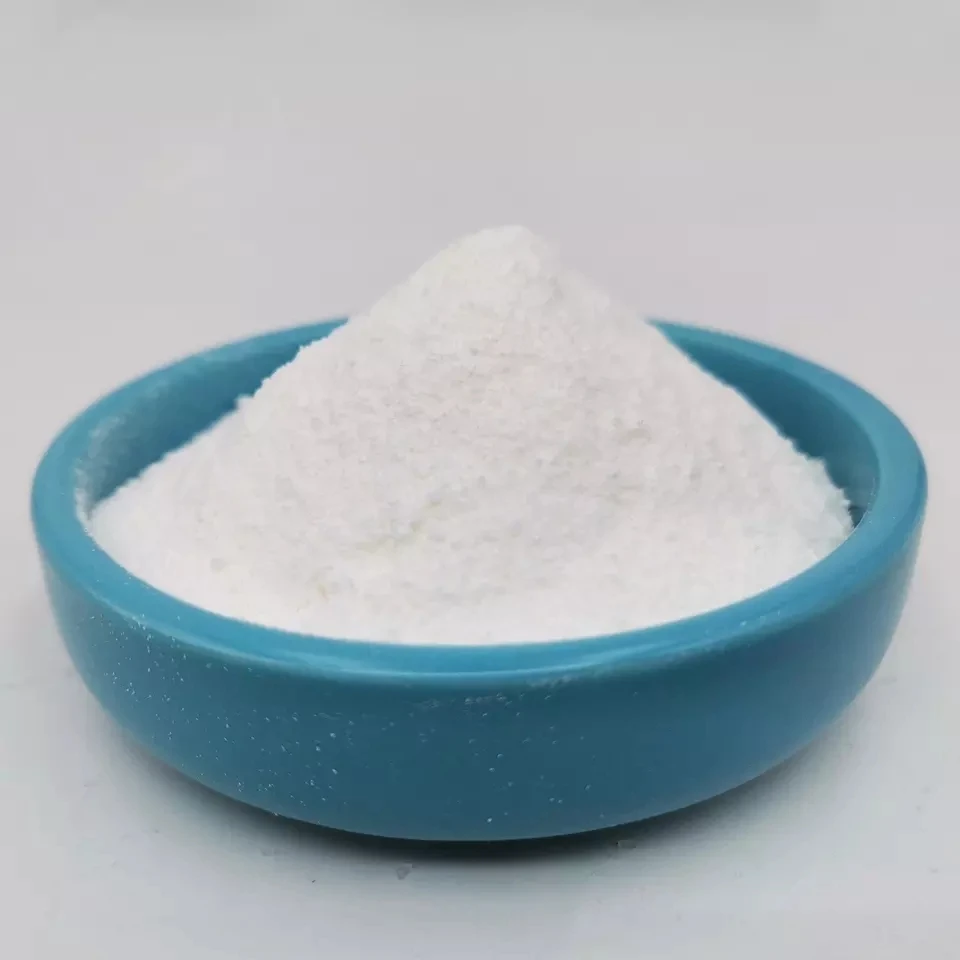Warning: Undefined array key "title" in /home/www/wwwroot/HTML/www.exportstart.com/wp-content/themes/1198/header.php on line 6
Warning: Undefined array key "file" in /home/www/wwwroot/HTML/www.exportstart.com/wp-content/themes/1198/header.php on line 7
Warning: Undefined array key "title" in /home/www/wwwroot/HTML/www.exportstart.com/wp-content/themes/1198/header.php on line 7
Warning: Undefined array key "title" in /home/www/wwwroot/HTML/www.exportstart.com/wp-content/themes/1198/header.php on line 7
- Afrikaans
- Albanian
- Amharic
- Arabic
- Armenian
- Azerbaijani
- Basque
- Belarusian
- Bengali
- Bosnian
- Bulgarian
- Catalan
- Cebuano
- China
- China (Taiwan)
- Corsican
- Croatian
- Czech
- Danish
- Dutch
- English
- Esperanto
- Estonian
- Finnish
- French
- Frisian
- Galician
- Georgian
- German
- Greek
- Gujarati
- Haitian Creole
- hausa
- hawaiian
- Hebrew
- Hindi
- Miao
- Hungarian
- Icelandic
- igbo
- Indonesian
- irish
- Italian
- Japanese
- Javanese
- Kannada
- kazakh
- Khmer
- Rwandese
- Korean
- Kurdish
- Kyrgyz
- Lao
- Latin
- Latvian
- Lithuanian
- Luxembourgish
- Macedonian
- Malgashi
- Malay
- Malayalam
- Maltese
- Maori
- Marathi
- Mongolian
- Myanmar
- Nepali
- Norwegian
- Norwegian
- Occitan
- Pashto
- Persian
- Polish
- Portuguese
- Punjabi
- Romanian
- Russian
- Samoan
- Scottish Gaelic
- Serbian
- Sesotho
- Shona
- Sindhi
- Sinhala
- Slovak
- Slovenian
- Somali
- Spanish
- Sundanese
- Swahili
- Swedish
- Tagalog
- Tajik
- Tamil
- Tatar
- Telugu
- Thai
- Turkish
- Turkmen
- Ukrainian
- Urdu
- Uighur
- Uzbek
- Vietnamese
- Welsh
- Bantu
- Yiddish
- Yoruba
- Zulu
নভে. . 21, 2024 21:11 Back to list
'the rising importance of bio-based adipic acid'
The Rising Importance of Bio-Based Adipic Acid
In recent years, there has been a significant shift in the development of sustainable materials, reflecting the growing concern over environmental impacts and the depletion of fossil fuels. Among the various chemicals garnering attention is adipic acid, a crucial intermediary in the production of nylon, plastics, and other polymers. Traditionally derived from petroleum, the surging importance of bio-based adipic acid is an essential topic as industries strive for greener alternatives.
Adipic acid is predominantly used in the manufacture of nylon 6,6, a material known for its strength and durability, widely utilized in textiles, automotive parts, and various consumer goods. The conventional production process of adipic acid involves petrochemical pathways, which not only contribute to greenhouse gas emissions but also rely on non-renewable resources. With the growing emphasis on sustainability, the chemical industry is exploring bio-based sources to fulfill the demand for adipic acid while mitigating environmental impacts.
Bio-based adipic acid is typically derived from renewable resources, such as plant-based feedstocks. Biological fermentation processes are employed to convert sugars or starches into adipic acid, presenting a sustainable alternative to fossil counterparts. These processes help in reducing carbon emissions and energy consumption, aligning with global efforts to combat climate change and promote sustainability.
The transition to bio-based adipic acid offers several benefits. Firstly, it enhances energy efficiency and resource utilization. By employing agricultural by-products or other biomass, the pressure on fossil fuels diminishes, leading to a more balanced ecological footprint. Furthermore, this shift encourages the agricultural sector and supports rural economies, as demand for bio-feedstocks increases.
'the rising importance of bio-based adipic acid'

Economic factors also play a crucial role in the rising importance of bio-based adipic acid. While the initial cost of bio-based production might be higher than that of traditional methods, the long-term benefits of sustainability and consumer preference for eco-friendly products are driving investments in this field. Government policies and incentives promoting bio-based materials create a supportive framework for research and development, pushing industries to adopt greener practices.
Moreover, consumer awareness about sustainability continues to rise. As more individuals recognize the environmental consequences of traditional petroleum products, there is an increasing demand for products containing bio-based materials. Companies that incorporate bio-based adipic acid into their products not only gain market advantage but also strengthen their brand image in an eco-conscious marketplace.
Challenges remain in the widespread adoption of bio-based adipic acid. The production processes can be complex, and there may be scalability issues in transitioning from small-scale production to large-scale manufacturing. Additionally, competition with food resources for biomass feedstocks is a concern that must be navigated carefully. Nevertheless, ongoing research and technological advancements promise to overcome these hurdles.
In conclusion, the rising importance of bio-based adipic acid marks a pivotal moment in the journey towards sustainable chemistry. Its potential to reduce environmental impact, enhance economic viability, and meet consumer preferences presents a compelling case for its adoption. As industries continue to innovate and adapt, bio-based adipic acid may soon become a staple in manufacturing, exemplifying the shift towards a more sustainable future. The focus on bio-based materials signals a transformative change, where ecology and economy can coexist, paving the way for responsible manufacturing practices that uphold the planet's integrity.
Latest news
-
Certifications for Vegetarian and Xanthan Gum Vegetarian
NewsJun.17,2025
-
Sustainability Trends Reshaping the SLES N70 Market
NewsJun.17,2025
-
Propylene Glycol Use in Vaccines: Balancing Function and Perception
NewsJun.17,2025
-
Petroleum Jelly in Skincare: Balancing Benefits and Backlash
NewsJun.17,2025
-
Energy Price Volatility and Ripple Effect on Caprolactam Markets
NewsJun.17,2025
-
Spectroscopic Techniques for Adipic Acid Molecular Weight
NewsJun.17,2025

